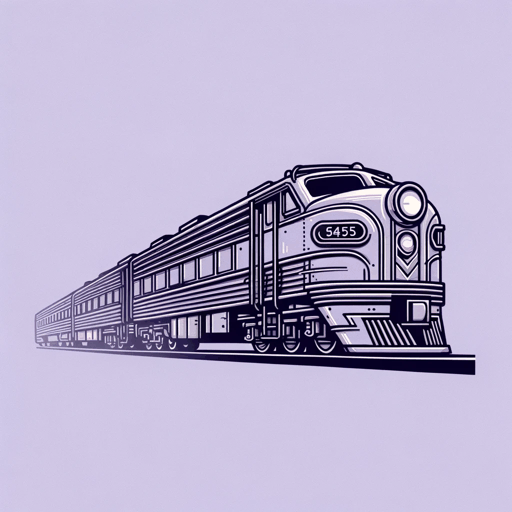45 pages • 1 hour read
Patricia HighsmithStrangers On A Train
Fiction | Novel | Adult | Published in 1950A modern alternative to SparkNotes and CliffsNotes, SuperSummary offers high-quality Study Guides with detailed chapter summaries and analysis of major themes, characters, and more.
Symbols & Motifs
Train Tracks and Teleology
In this runaway train of a crime novel, the struggle for prominence between the two protagonists accelerates the plot. As discussed in the analysis of Chapters 4-8, the symbolic train also has a dual function in Emile Zola's 1890 La Bête Humaine. A linear mode of transportation with a predestined terminus, the train is both a metaphor for the repressed drives of the novel's protagonists, and a symbol of the novel itself. Highsmith's novel can be called a classic because it transcends the parameters of a suspense thriller by contending with the anxieties inherent in the novelistic form and its contemporary moment.
Compare the figure of the out-of-control horse and trap that carries the protagonist in Thomas Hardy's 1891 novel Tess of the D'Urbervilles. Tess is an especially clear example of how the downfall of the principal character is driven by the novelistic form itself, the subject subjected to its narrative demands. Both Tess’s and Guy's fatal flaws predestine their downfall: "Bruno seemed incapable of surprise (25); "[t]he aggressive thrust of the train" (67); "[i]f he could derail himself from the night's tracks and set himself on the day's" (136); "Guy did not stop him, because he knew he was going to enter the house and it would all come true […]he felt he moved on certain definite train tracks now" (146); “[i]n himself, the second horse of the charioteer had always been obedient as the first” (180).
Related Titles
By Patricia Highsmith



